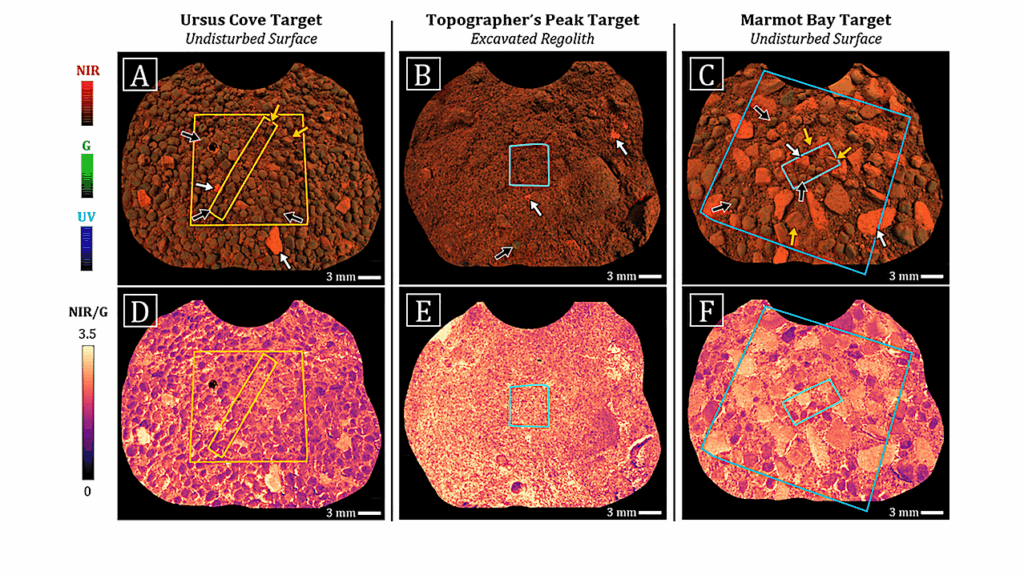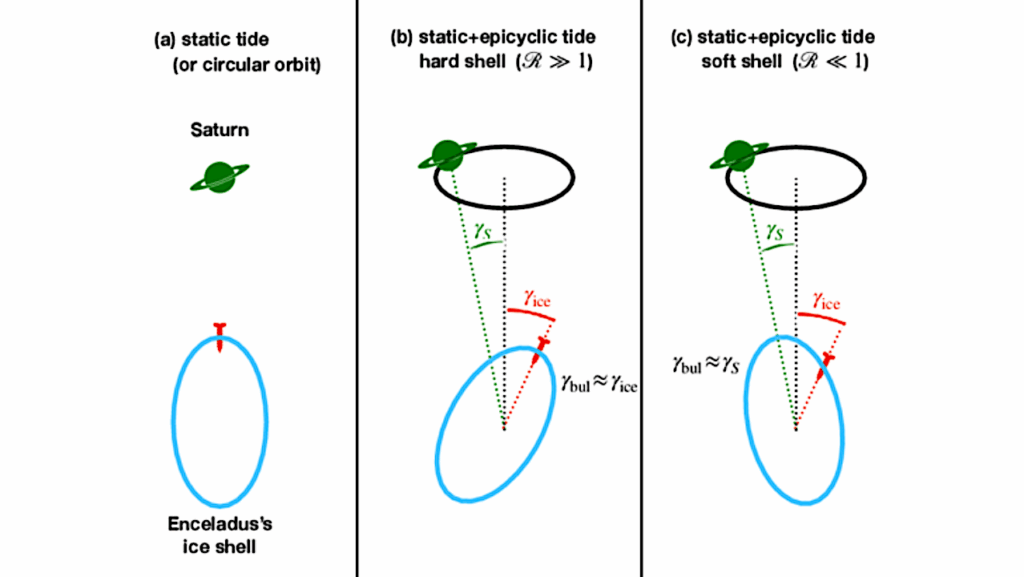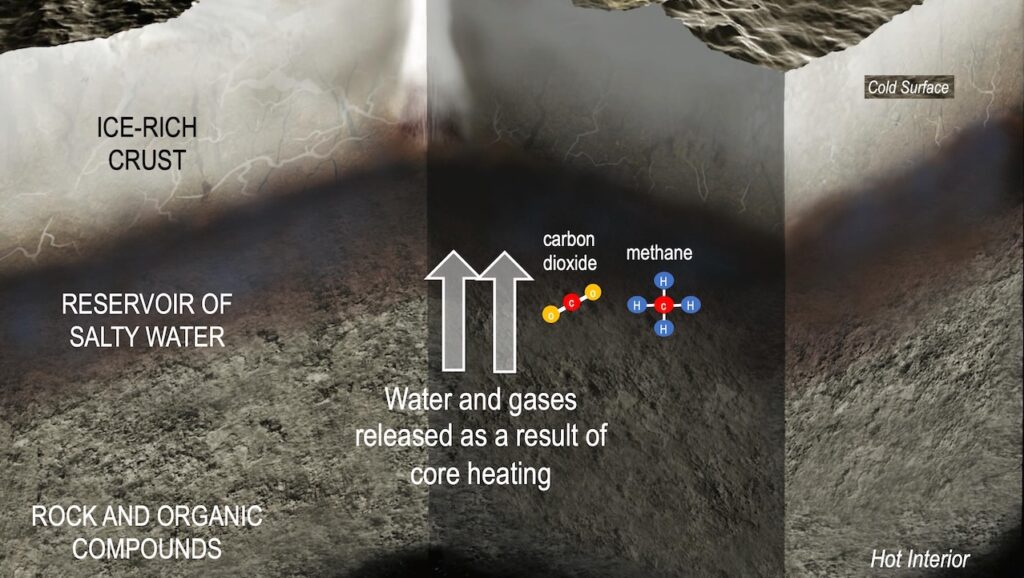Investigating The Ability Of JWST To Identify Discerning Features In exoEarth And exoVenus Transmission Spectra

The success of the Transiting Exoplanet Survey Satellite (TESS) mission has led to the discovery of an abundance of Venus Zone (VZ) terrestrial planets that orbit relatively bright host stars.
Atmospheric observations of these planets play a crucial role in understanding the evolutionary history of terrestrial planets, past habitable states, and the divergence of Venus and Earth climates. The transmission spectrum of a Venus-like exoplanet can be difficult to distinguish from that of an Earth-like exoplanet however, which could severely limit what can be learned from studying exoVenuses. In this work we further investigate differences in transmission between hypothetical exoEarths and exoVenuses, both with varying amounts of atmospheric carbon dioxide (CO2).
The exoEarths and exoVenuses were modelled assuming they orbit TRAPPIST-1 on the runaway greenhouse boundary. We simulated James Webb Space Telescope (JWST) Near-Infrared Spectrograph (NIRSpec) PRISM transit observations of both sets of planets between 0.6-5.2 μm, and quantified the detectability of major absorption features in their transmission spectra. The exoEarth spectra include several large methane (CH4) features that can be detected in as few as 6 transits.
The CH4 feature at 3.4 μm is the optimal for feature for discerning an exoEarth from an exoVenus since it is easily detectable and does not overlap with CO2 features. The sulfur dioxide (SO2) feature at 4.0 μm is the best indicator of an exoVenus, but it is detectable in atmospheres with reduced CO2 abundance.
Colby Ostberg, Stephen R. Kane, Andrew P. Lincowski, Paul A. Dalba
Comments: 15 pages, 8 figures, 4 tables, Accepted for publication in AJ
Subjects: Earth and Planetary Astrophysics (astro-ph.EP)
Cite as: arXiv:2310.01527 [astro-ph.EP] (or arXiv:2310.01527v1 [astro-ph.EP] for this version)
Submission history
From: Colby Ostberg
[v1] Mon, 2 Oct 2023 18:15:29 UTC (375 KB)
https://arxiv.org/abs/2310.01527
Astrobiology








